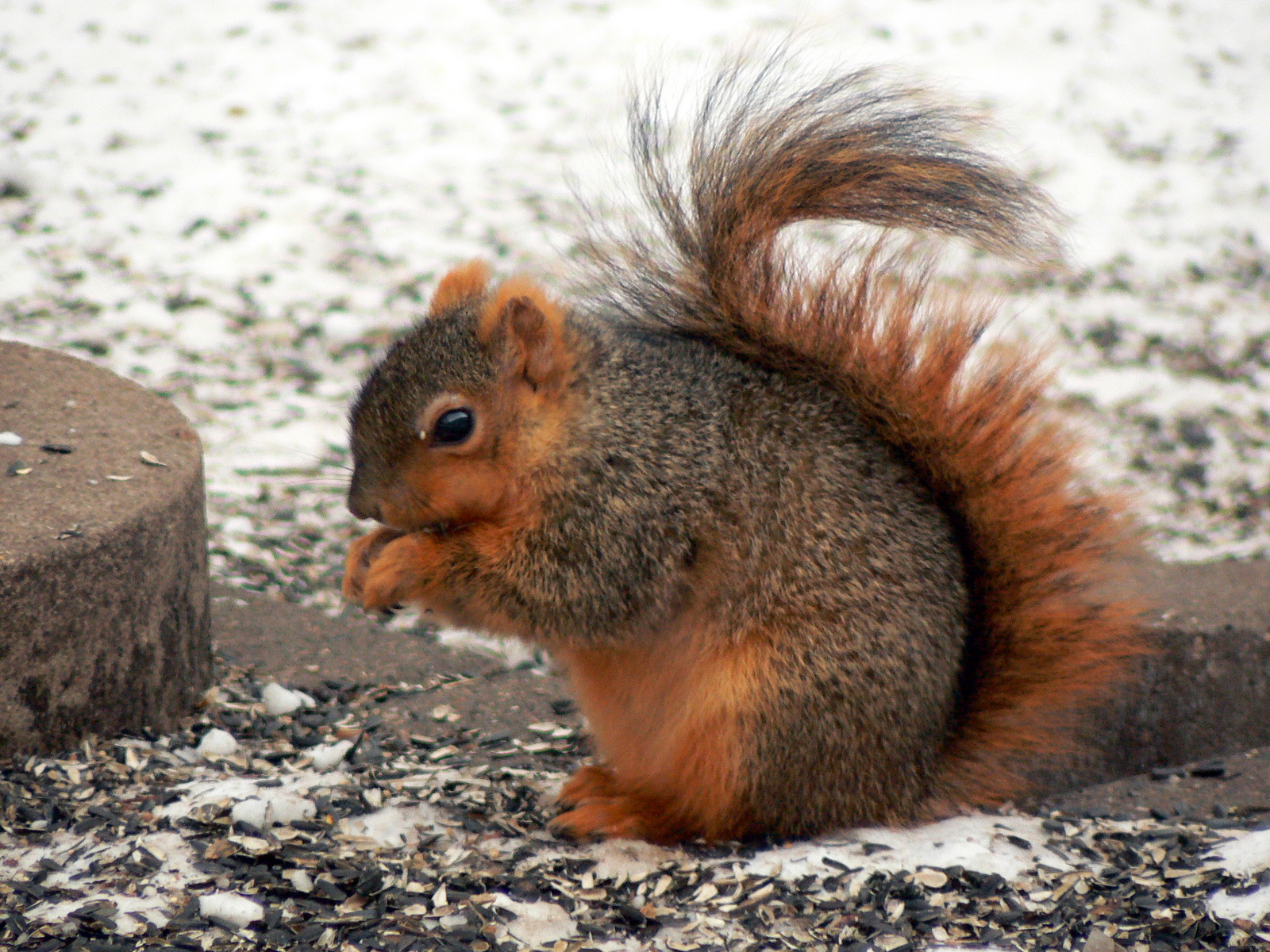The Houston Zoo has many beautiful species held in captivity, including Phoenicopterus ruber, commonly referred to as the American flamingo. I observed a flock of thirty flamingos for foraging behavior on Saturday, February 1st, at 11:30 am. Flamingos are well cited as filter feeders, using their bills and tongue movements to pump water containing food through structures in the beak that allow for filtering (Jenkin 1957). I observed similar feeding behaviors in both juvenile and adult flamingos. The flamingos placed their beaks in the water and created a vibration, which allows the flamingos to sift through the water. Water waves could be seen as the birds peripherally placed their beaks on the water surface. Occasionally, I observed that a bird would put its head under water and move it in a circular formation around a central point. This behavior has been described previously as “jig movements” (Jenkins 1957). Based on my observations, this flamingo behavior is a method by which to disturb the bed of the pond. Members of the flamingo flock surprisingly demonstrated minimal variation in their feeding styles. However, I noticed that the juvenile grey flamingos spent much less time foraging for food in comparison to the adult flamingos within the thirty minutes of observation. Instead, the juvenile birds spent more time on land observing and standing next to the adult flamingos. This observation is supported by a study concluding that most flamingo species feed in large flocks (Bildstein et al., 1991).
The flamingos I observed were kept in captivity, so the feeding behavior noted may have been different from what would be observed in the wild. (more…)



